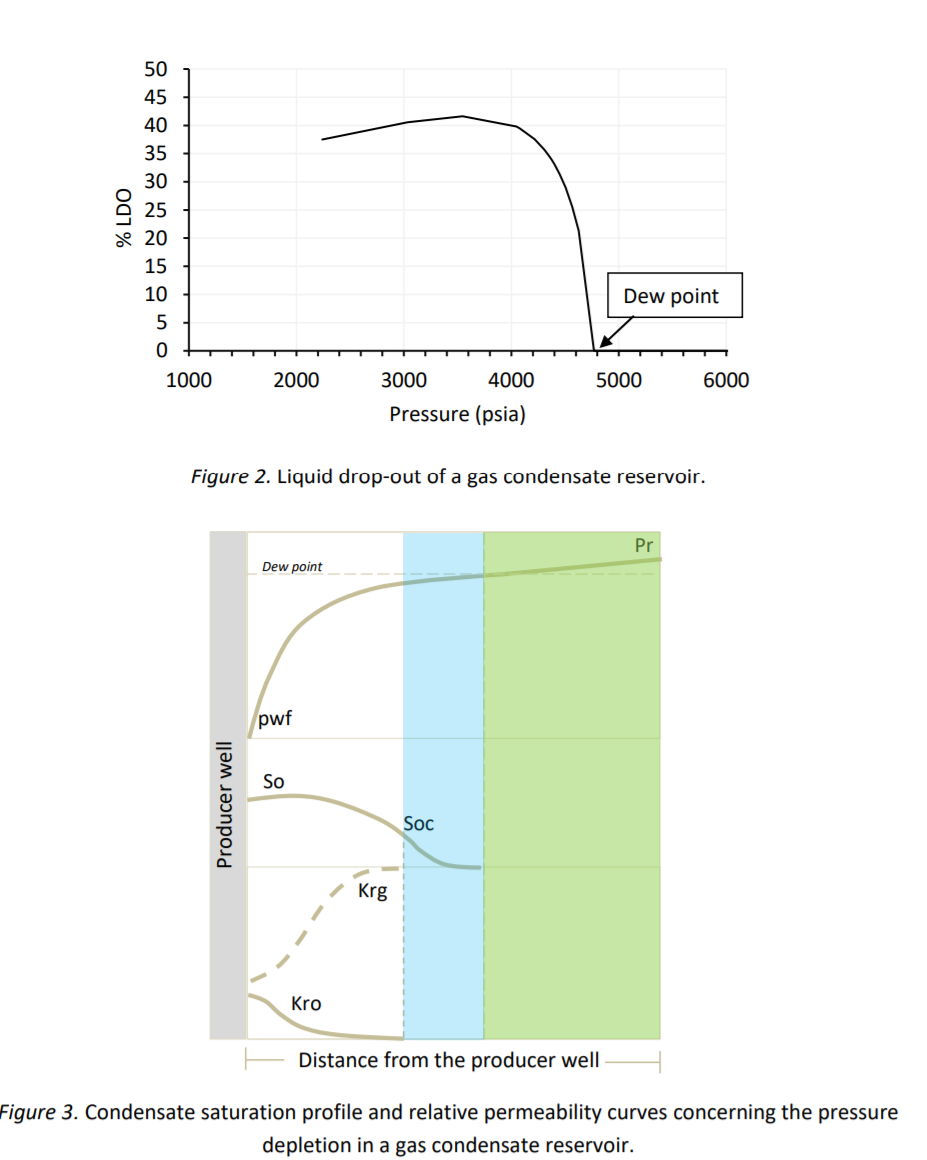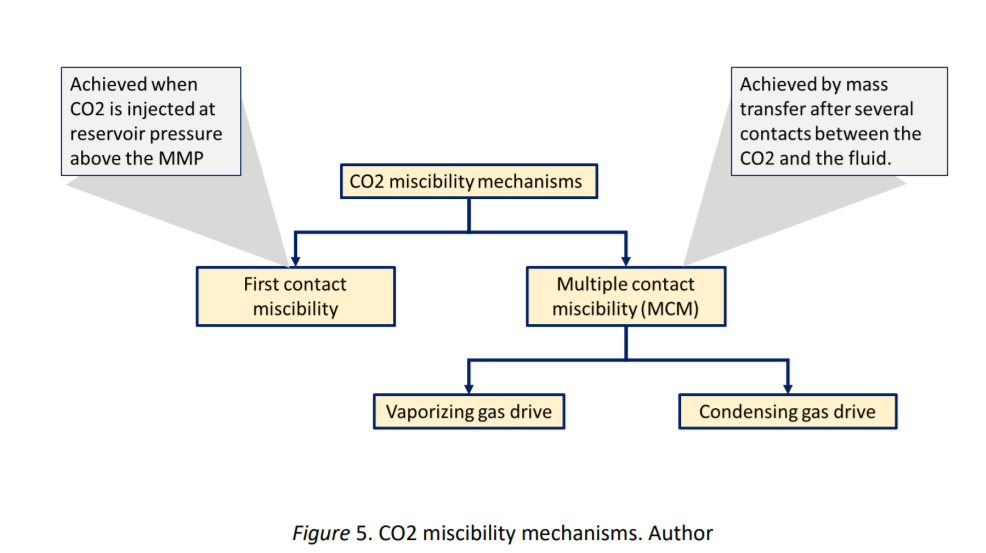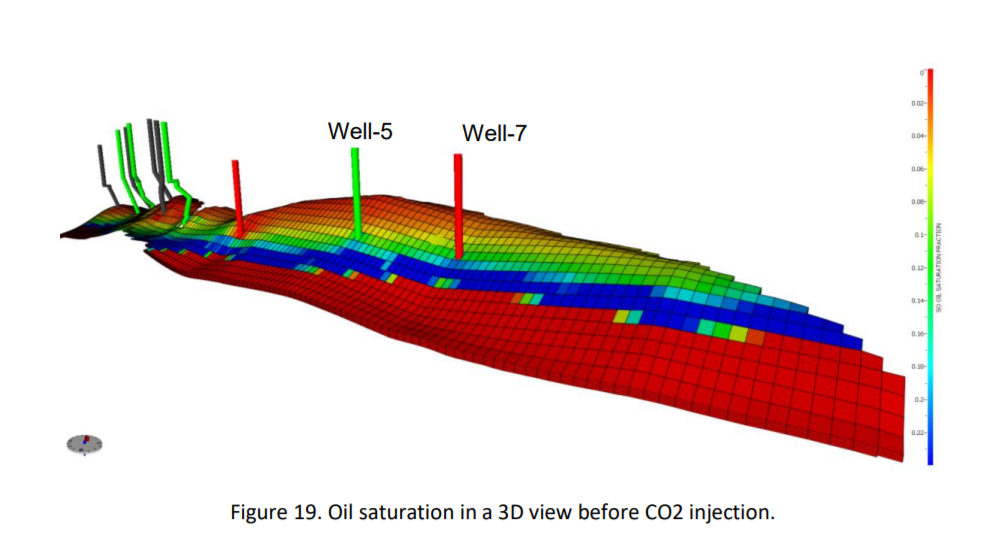Evaluation of CO2 Flooding as an Enhanced Recovery Method in a Gas Condensate Reservoir
Evaluation of CO2 Flooding as an Enhanced Recovery Method in a Gas Condensate Reservoir.According to the Global Energy Statistical Yearbook 2019, the global energy consumption from oil and gas represented 55% of the total demand in 2018. While power generation of the renewables sources rises and become more economical, the transition requires to improve the strategies to maximize the oil and gas recovery factor. They should be implemented with minor environmental impacts as possible.
The Colombian ministry of mines and energy published that the oil reserves at the end of 2018 were 1958 MMbbls and it would cover six years of the national consumption. The demand for the Colombian gas market will be around 1370 GBTUD by 2030, according to the UPME. The reserves/production ratio for natural gas in Colombia is 13 years. These poor indicators demonstrate the importance to invest in the exploration of new fields and the execution of enhanced recovery methods.
The CO2 injection is a promising method to enhance the recovery of gas and oil fields while extensively reducing greenhouse gas emissions (Al-Abri, 2011). Since the 1970s, CO2 injection has been successfully proved as an enhanced recovery method in the U.S and several pilots around the world (Kane A.V.,1979, Oxy Denver Unit CO2 Subpart RR Monitoring, 2015, Ren, S., Niu, A., Ren, B., Li, Y., Kang, W., Chen, G. Zhang, H., 2011, China National Petroleum Corporation, 2011). In Colombia, some efforts were made in the past, and few works have been published (G. Maya, R. Castro, A. Lobo, et al., 2010, D. Rodriguez, F. Monsalve, 2009). Due to the CO2 availability, the selection of pilots, the operational problems and costs, the technology development in Colombia has been paused.
Gas condensate reservoirs are initially in the gas phase. They can supply of gas and oil according to the operational conditions of the separation system, what it is interesting for the goals of the Colombian energetical demand. This type of reservoirs exhibits a complex phase behavior which is characterized by the condensate generation when the pressure decreases below the dew point. The problem with the condensation in the reservoir is that the liquid remains immobile due to the capillary forces until a critical liquid saturation is reached. The condensation reduces the well productivity as a new liquid phase appears in the rock, the gas flow is restricted due to the space occupied by the condensate. The relative permeability curves describe the competence between the gas and condensate for the flow.
Condensation effects in reservoir deliverability can be prevented by maintaining the pressure above the dew point or in general, as high as possible. This approach requires the injection of some fluids as lean gas, N2, or CO2.
The CO2 injection enhances the recovery of gas and condensate due to:
- The pressure support: If the pressure maintenance is executed since the beginning of the production and the reservoir pressure is kept above the dew point, condensation will not occur in the rock, and it is possible to maximize the condensate recovery at the surface. For reservoirs with pressure below the dew point, the pressure maintenance will reduce the condensation speed and mitigates the pore throat blockage that affects the well productivity.
- Condensate saturation reduction: when condensation occurs in the reservoir, the condensate will not be mobile until a critical saturation is reached. CO2 injection enhances the condensate saturation recovery due to the swelling processes (So increases and become mobile because of the swollen condensate volume), the viscosity reduction, the interfacial tension reduction and the vaporization of components from the condensate. The evaluation of CO2 injection into a gas condensate reservoir is the subject of this study.




